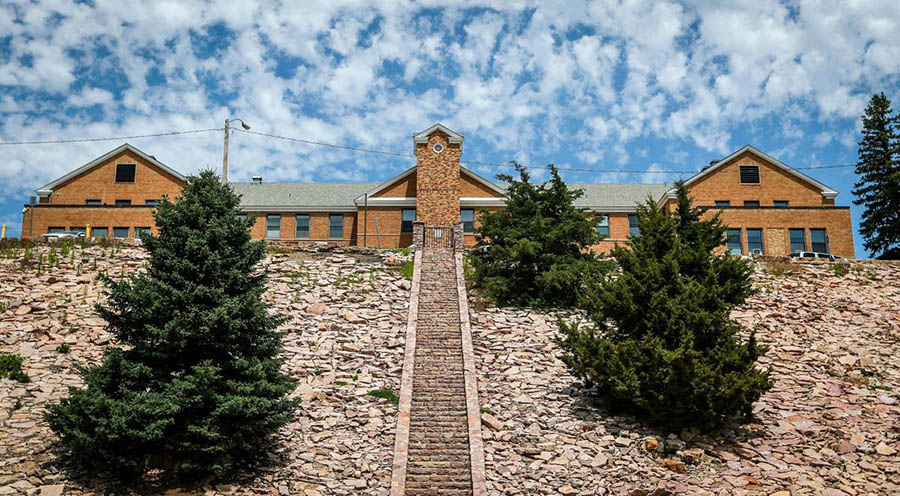
IHS is an agency that operates within the U.S. Department of Health and Human Services. The United States Constitution, along with numerous treaties between the United States federal government and sovereign American Indian tribal nations established a trust responsibility that requires the government to provide certain services to Native Americans. Healthcare is one of the services included in the United States’ trust responsibility.
Previously, American Indian healthcare was overseen by the Bureau of Indian Affairs (BIA) as provided in the Snyder Act of 1921. Seven years later, the BIA began contracting healthcare services through the Public Health Service and continued to do so for approximately 30 years thereafter. In 1955, Congress removed Native American health services from the Department of Interior and placed it under the Department of Health and Human Services. With this placement, the Indian Health Service came into fruition. Today, IHS provides health services for approximately 2.2 million people within 567 recognized tribes in 36 states.
Rapid City, South Dakota is part of the Great Plains Area of IHS. This area includes South Dakota, North Dakota, Iowa, and Nebraska. The Great Plains Area currently includes seven hospitals, eight health centers, and additional smaller clinics. Seventeen Tribes share the same geography as these states. Approximately 130,000 individuals receive care in the Great Plains Area of IHS.
1898 - 1933
Rapid City Indian School was created for acculturation for Native American children from South Dakota, North Dakota, Wyoming, and Montana. They required them to speak English at the school. At least 50 children and infants died at the school. The school was first converted to a sanitarium for students with tuberculosis from 1929-1930, and was closed permanently in 1933.
1933
The Civil Conservation Corp used the facility for a federally funded work relief program.
1939
The location became the Sioux Sanitarium for tuberculosis for Native Americans.
1943
The antibiotic for TB was discovered.
1955
The Indian Health Service (IHS) took administrative jurisdiction of Sioux San.
1966
Congress appropriated funds for the pilot IHS Clinic in Rapid City.
2001
Indian Health Board of the Black Hills is created to address issues of care for those eligible.
2002
Indian Health Board of the Black Hills brings forward issues of patient care.
2003
A $4 million dollar renovation is started and expected to be complete in 2005. It includes more lab and x-ray space as well as additional handicapped-accessible restrooms, and more exam rooms.
2004
Aberdeen Area Office proposes closing the Sioux San inpatient services.
2004
IHS users bring their unrest about available funding and services to a budget session with local administrators.
2006
IHS officials sign program justification document to begin a federal process that will help build a replacement facility.
2007
IHS officials propose an expansion that will be completed in 2012 under the best circumstances, which were unlikely.
2009
Sioux San Hospital cancelled all appointments to prevent a further H1N1 outbreak.
2010
Sioux San Hospital’s Hope Lodge caught on fire and destroyed the substance-abuse center because there was no extinguisher system available.
2016
IHS investigates quality of care concerns regarding Sioux San Hospital.
2017
IHS announces Sioux San will close Sioux San inpatient and emergency services to make way for a new hospital to be completed by 2022.
2019
Great Plains Tribal Chairmen’s Health Board took over operation of the Sioux San Hospital in Rapid City, now called the Oyate Health Center.
2023
The new Oyate Health Center has its grand opening on February 25th. This new building replaced the original facility constructed in 1938.